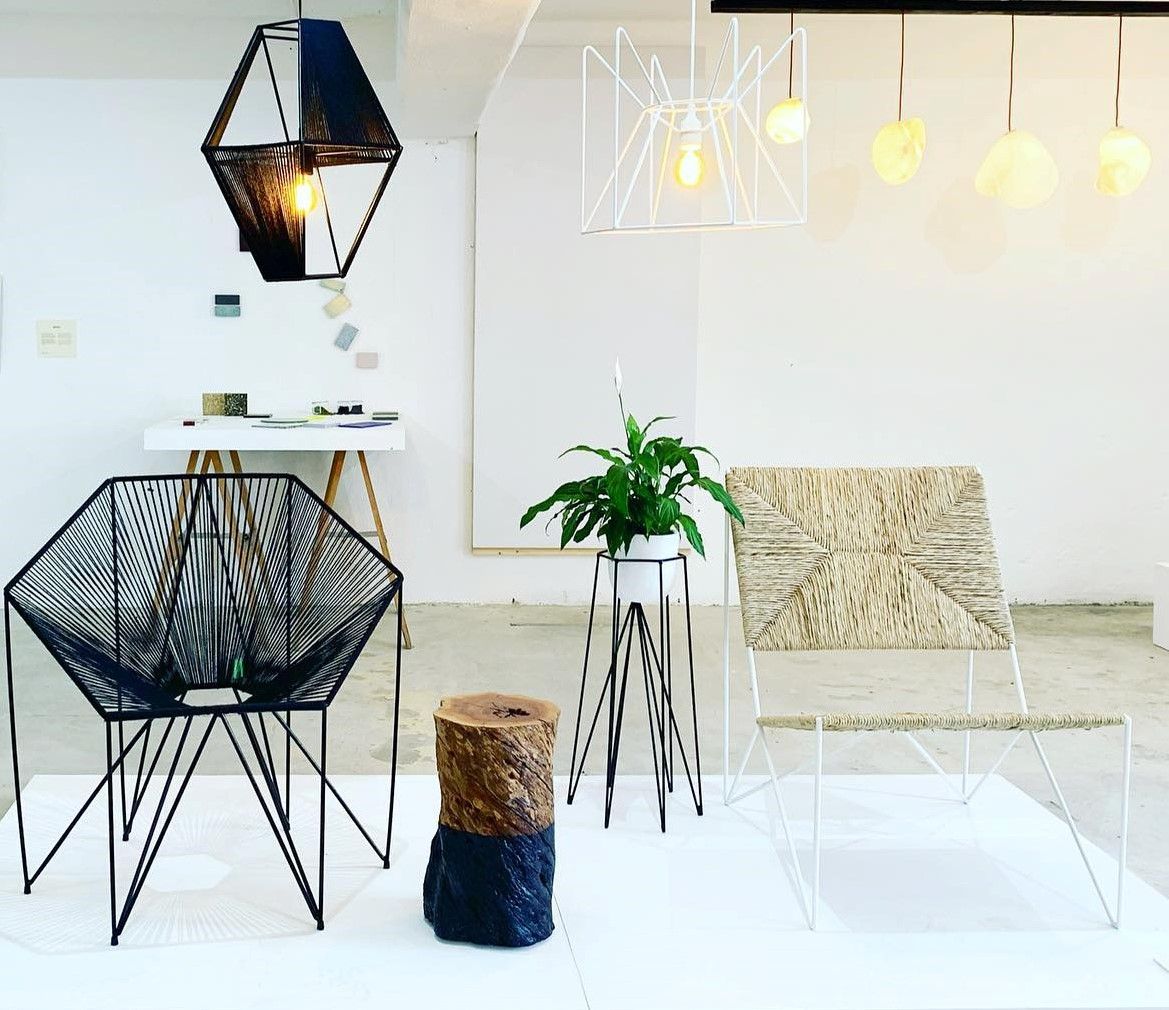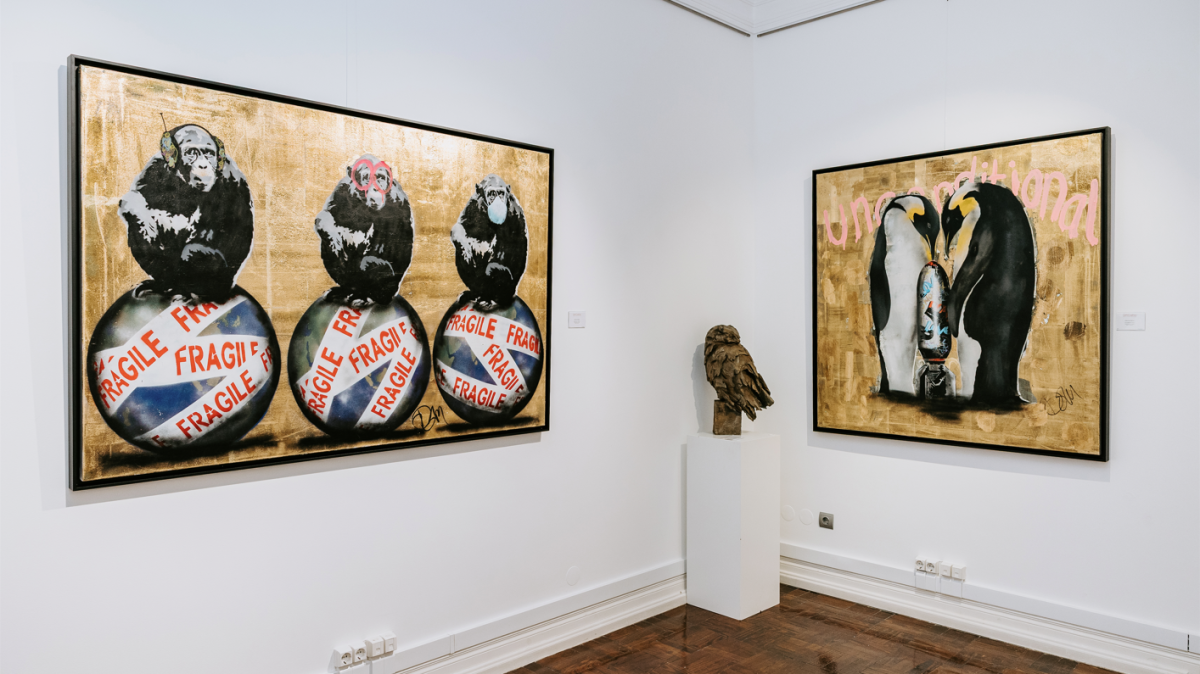You may
have seen that the Municipal Library of Loulé has recently placed a series of
‘mini-libraries’ on various street corners throughout the municipality. With no
return date, resident readers can feel free to borrow any book they like out of
these charming wooden boxes and, if they wish, even add a book of their own
that they think somebody else might enjoy reading.
A lovely
idea and I recently returned to the Palácio Gama Lobo, headquarters of the
Loulé Criativo, to meet another of the resident artists and designers from
their Loulé Design lab, who, it turned out, not only designed these book boxes
- but so much more.
One
thing leads to another
Leni
Farenzena is an architect and designer. She was born in Mozambique but is half
Italian and Portuguese. After studying architecture at university in Florence
and in Lisbon, she’s lived and worked in various countries in Europe and even
Mexico.
While back
in Mozambique to build the ‘Hexagon Villa’, she found ways of using the
leftover construction material to also design the furniture - and ForNature
Design was born.

Eternally
inspired by nature, and determined that all her work stay true to the roots of
where they happen to be planted, she enlisted the help of the local Mozambican
craftsmen and found a way of incorporating their ancient techniques into her
furniture - but with an elegant modern twist.
It was no
big surprise, therefore, that when she settled in the Algarve a few years ago,
she wanted to do the same thing here and set out to try and find the local
Algarvian artisans.

Turning
the world on its head
It amuses
me to think how at first these artisans might not have known quite what to make
of Leni coming around with all these new-fangled ideas and ways to do what
they’ve always done, differently.
An example
of this would be a basket weaver from Almancil called José Amendoeira. You may
remember, I wrote about Sr. Amendoeira in my story ‘A
Wonderful Weave’ a few months ago and so it was fun to connect the dots and
find out that Leni had tracked him down too.
Working
with ‘Cana Algarvio’ (Arundo
donax L) and a type of willow tree called ‘Vimeiro’(Salix viminalis L), for 50
years Sr. Amendoeira has been weaving his classic collection of baskets and along came Leni and turned
his world upside-down (quite literally) when she got him to turn his talents
into weaving the most lovely lampshade instead.
But this is
just one example. Leni has got herself a collection of artisans throughout the
Algarve. In June, she even went up to Castro Marim to help Sr. Romeirinha to
harvest a plant known as ‘Tabua’ (Thypha domingensis). Growing next to lakes, it's traditionally
used to weave the seats for wooden chairs and it's become one of Leni’s
favourite materials to work with.

Changing
things up as usual, Leni wanted to create a steel body to form the base for her
chairs and even stools. And for that, as she so often does, she enlisted the
help of a blacksmith from Fuseta called Jorge Neves.
By now, Sr.
Neves has become used to Leni’s unusual requests and helps her create the
wonderful steel lines and shapes that hold up anything from her imaginative
tables and chairs to her umbrella stands, ‘floating plant pots’ and ‘spider
lamps’.
I want
to ‘bee’ an architect
Now, it's
about time we talked about hexagons. They are found throughout Leni’s work and
when I questioned her about it she explained that they are nature’s perfect
shape. Found on anything from snowflakes, turtle shells and even pineapples,
perhaps the best example would be in honeycomb.
I’ll take
it from Leni that bees are truly terrific architects as this six-sided shape
not only looks stylish but is also highly efficient and allows them to avoid
any wasted space.

Playing
the fish
A few
months ago, the artists and designers from the Loulé Design Lab teamed up with
Inframoura for a project called #Infinity. They all put their creative minds to
the task of transforming rubbish collected from the bins in Vilamoura and
finding innovative new uses for it.
Leni found
herself drawn to a pile of old traffic signs and, cutting them into different
sizes, she discovered that different diameters and lengths created different
sounds. Taking inspiration from the Algarve coastline, she then painted the
tubes with the highest sounds a warm orange to represent the coastal dunes and,
with the bass sounds gradually ‘tailing off’ in a cool ocean blue, created a
colourful musical fish that was given to a kindergarten in Quarteira for the
children to play.

For
& by nature
After
chatting to Leni, I was amazed by all her ideas and concluded that she’s not
just a designer ‘ForNature’, she’s also a designer by nature. She can’t help
it. And I love how she’s been bringing old and new together to make
sustainable, stylish designs for the modern day.
To find
out more please follow her on Instagram (@ForNatureDesign)
and Facebook (@Fornature
Design) or visit her website www.fornaturedesign.com














